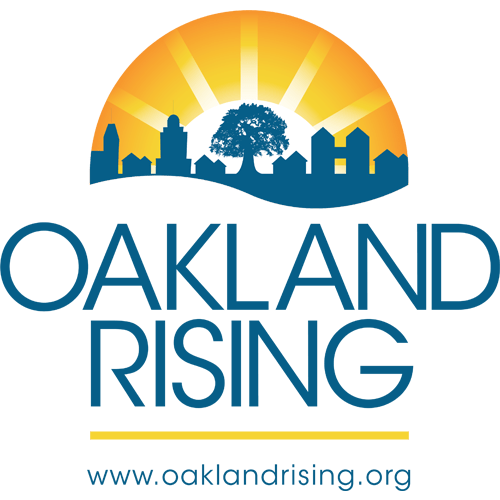In mid-August Race Forward convened racial justice leaders from across Oakland for an event called Advancing Racial Equity in Oakland. It was focused on learning from efforts in other cities that have initiatives similar to Oakland’s new Department of Race and Equity, and to do some priority-setting for the new department, as a community.
We started by reviewing why the department was created, which was to tackle institutional racism in Oakland, and the ways that city practices and policies create inequity along racial lines.

We then heard from Glen Harris from the Center for Social Inclusion, who led the Race and Social Justice Initiative for the City of Seattle prior to his current role, and then from presenters from many parts of the country (Portland OR, Salinas, Austin and Minneapolis) about what they have done in their cities to advance racial equity.
The most intriguing part of the day for me was learning about the concept of Racial Equity Impact Assessments (REIAs). These are systematic examinations of how proposed (or current) decisions or actions are likely to impact different racial and ethnic groups. They are used to minimize or mitigate unanticipated adverse consequences in policymaking, and can be a vital tool in preventing institutional racism and identifying options for remedying longstanding inequities.
King County WA uses an Equity Impact Review Tool to intentionally consider the promotion of equity in the development and implementation of key policies, programs and funding decisions. Seattle city departments are using a set of Racial Equity Analysis questions as filters for policymaking and budget development.
In Iowa and Connecticut, there are laws that require examination of racial and ethnic impacts of new sentencing laws prior to passage, and similar laws are under consideration in Illinois and Wisconsin. St. Paul MN is currently considering a law that would require city staff and developers to compile a Racial Equity Impact Report for all development projects that receive a public subsidy of $100,000 or more.
REIAs usually include some combination of the following: identification of impacted stakeholders, engagement of stakeholders, identifying and documenting racial inequities, examining root causes of inequities, clarification of the purpose of the proposed action or policy, consideration of adverse impacts, advancing equitable impacts, examining alternatives, ensuring viability or sustainability, identification of enforcement mechanisms and public reporting requirements, and finally, identifying success indicators.
There were some concerns identified regarding Oakland’s Department of Race and Equity. Specifically, people voiced concern about the lack of engagement with the community about progress since the department was created in June 2015, and the lack of resources the department will have to do its work (funds have been allocated for three staff only). The ordinance also specifies that a Community Advisory Committee will be created to advise the department, but there has been no forward movement on the creation of that body.
All in all, however, the leaders in the room were excited for the potential of the new department to identify and address institutional racism in Oakland. Several Oakland leaders discussed how institutional racism is playing out in some of the most pressing issues facing Oakland: the lack of affordable housing and continued displacement of low-income people of color, environmental racism in permitting, and gang injunctions, and how the Department of Race and Equity could help us to identify those kinds of issues and work to mitigate them.
The new Director of Race and Equity will start in October 17, and her name is Darlene Flynn. We at Oakland Rising will be keeping a close watch as things develop with the new department, so stay tuned for more soon.
– Shanthi Gonzales
